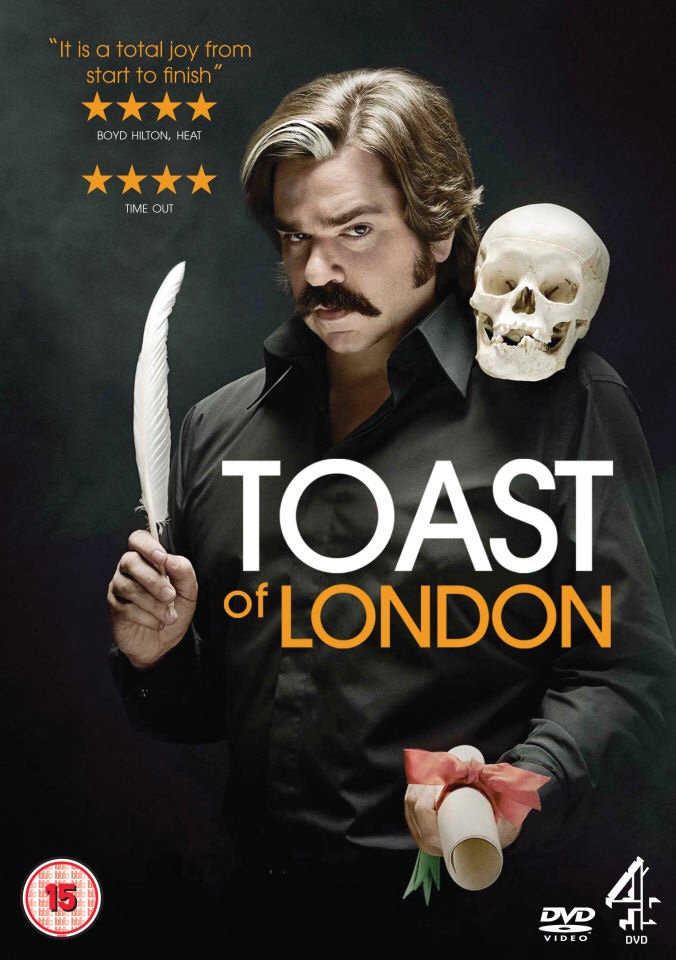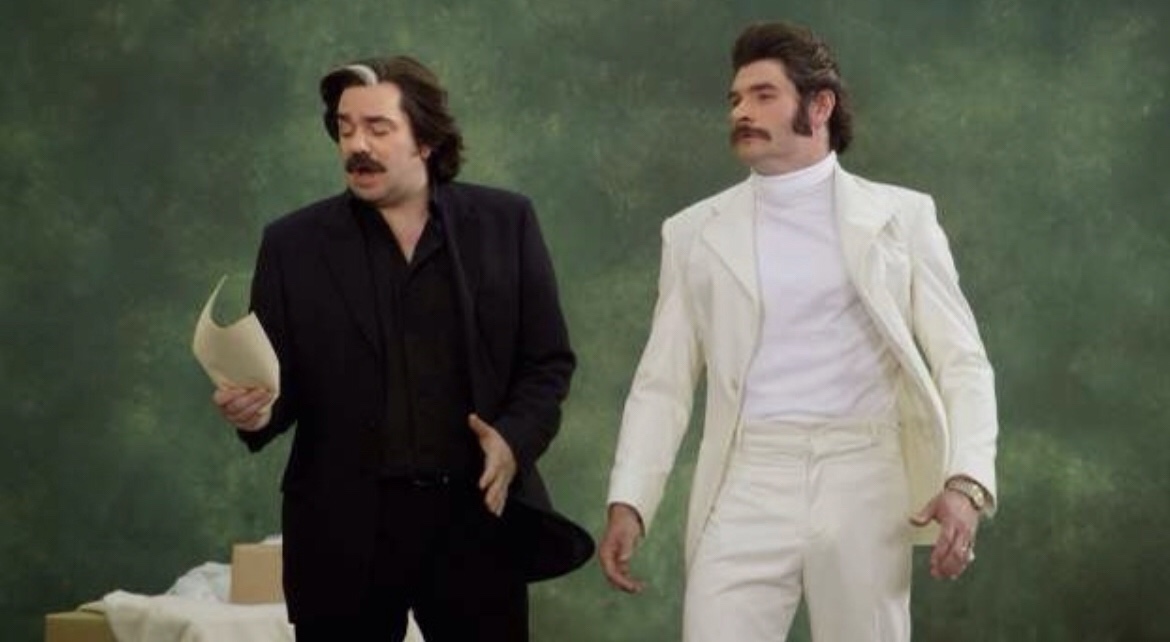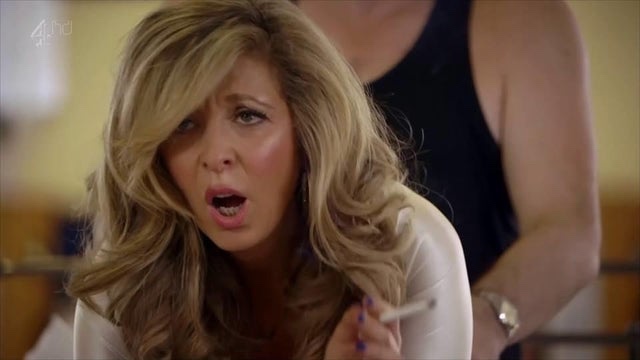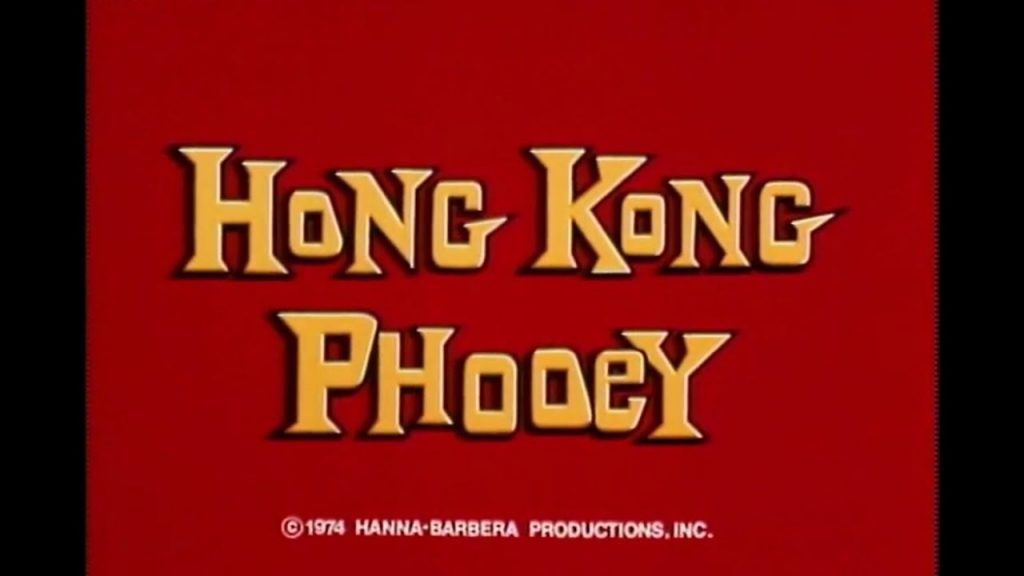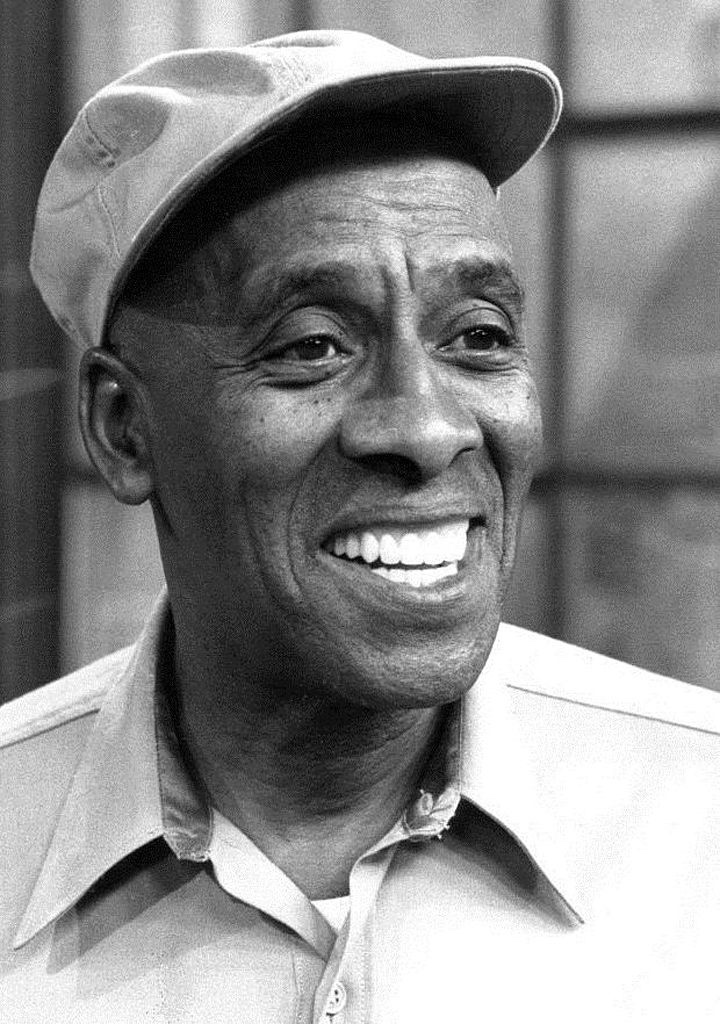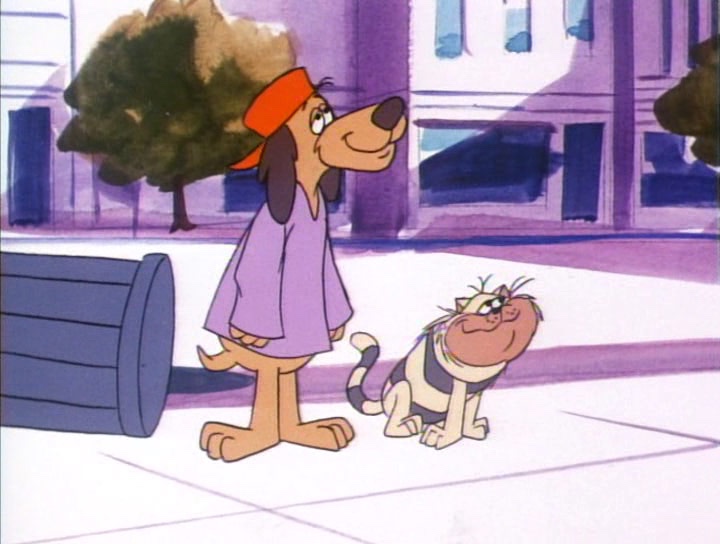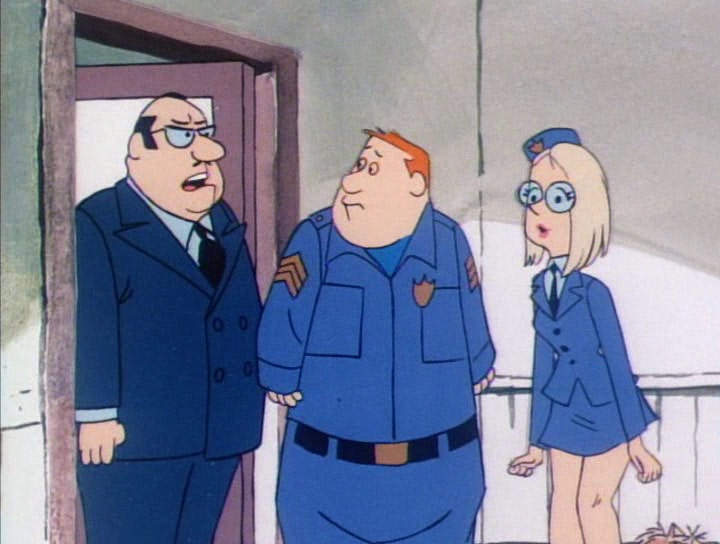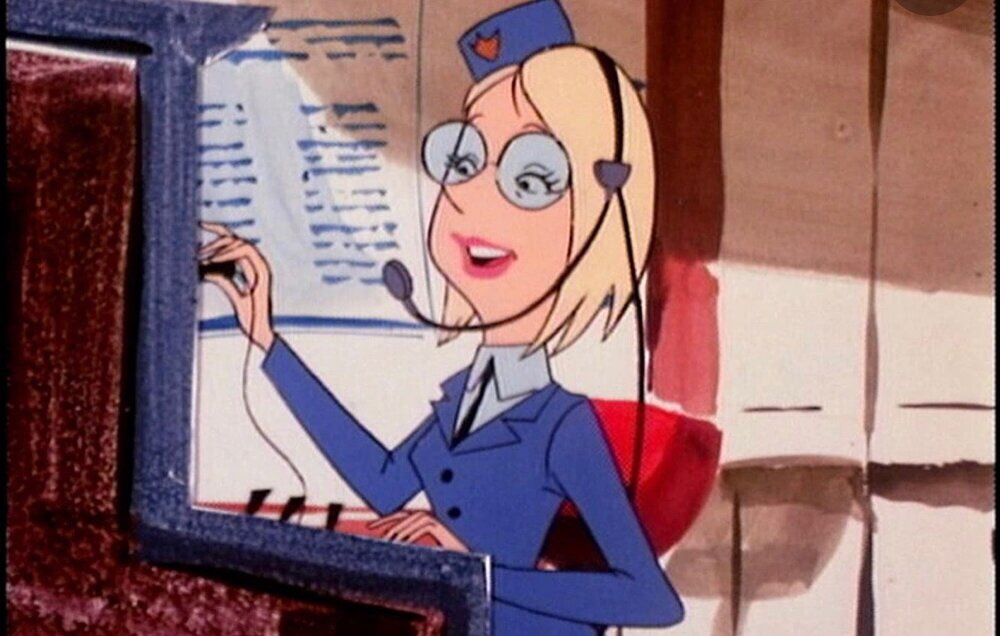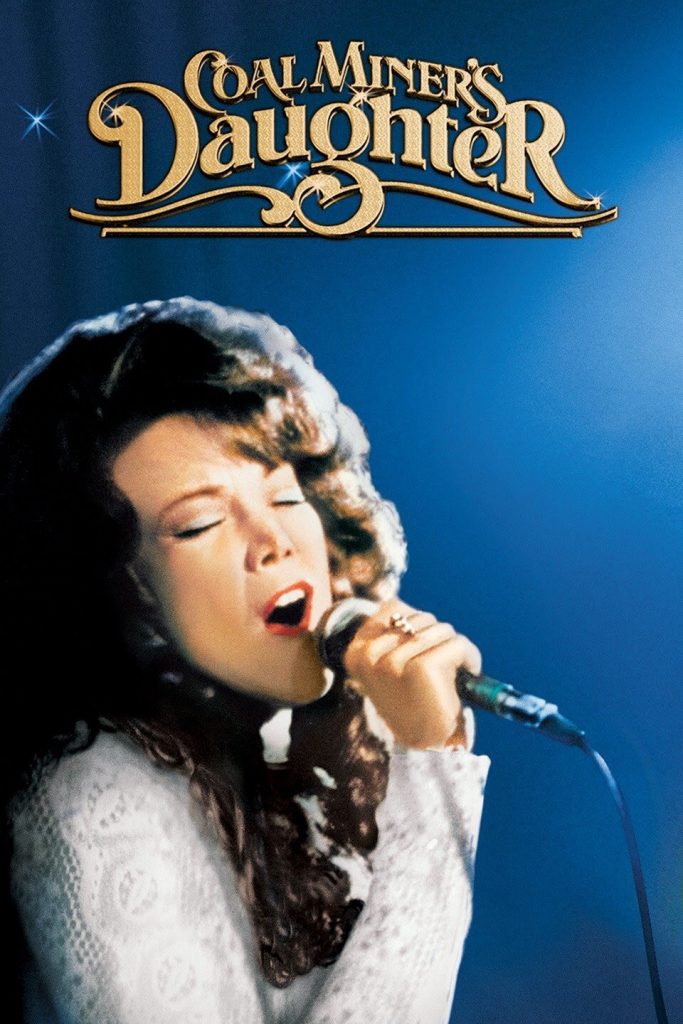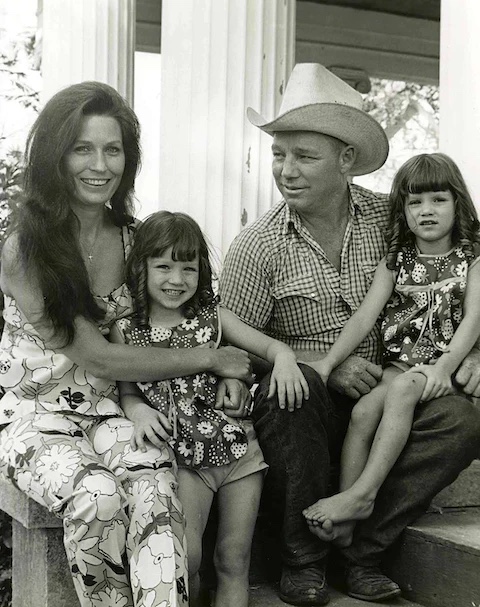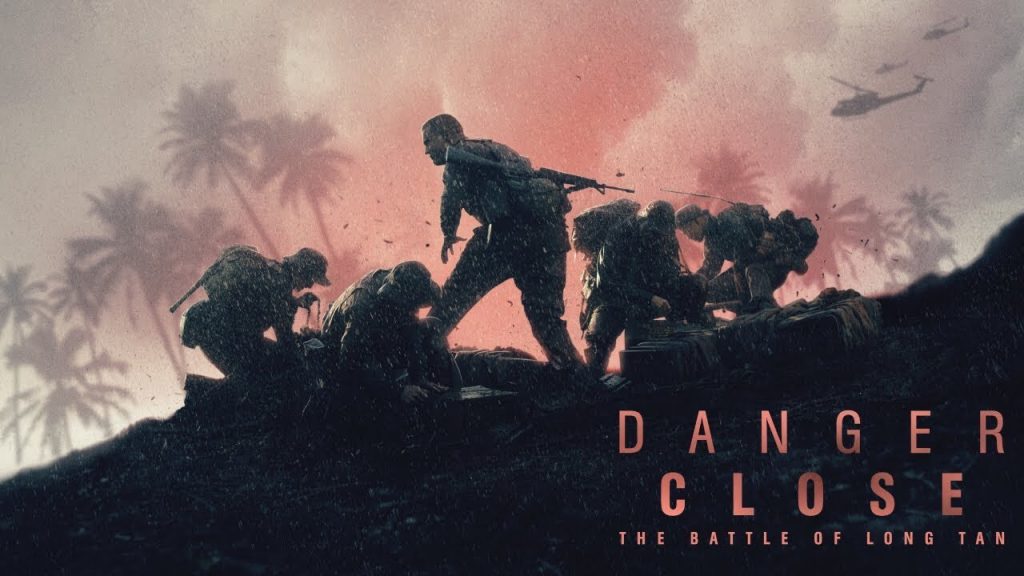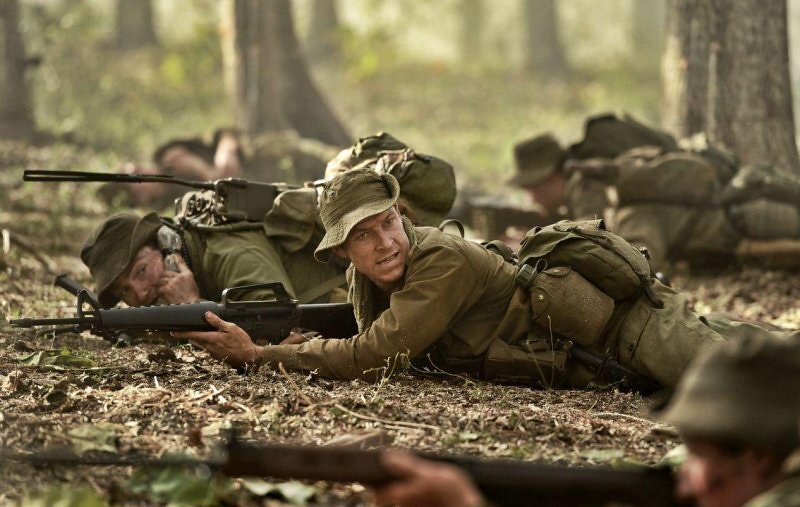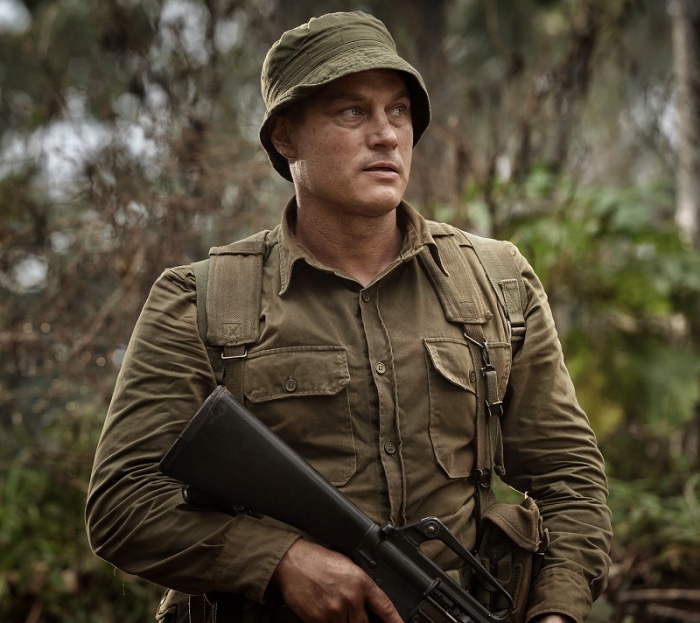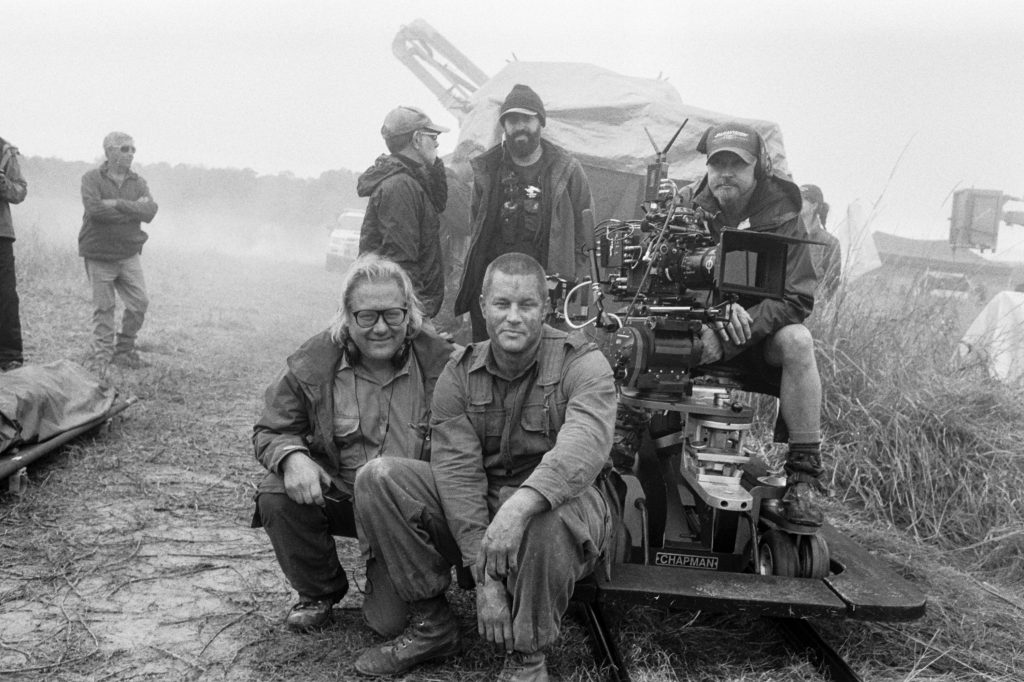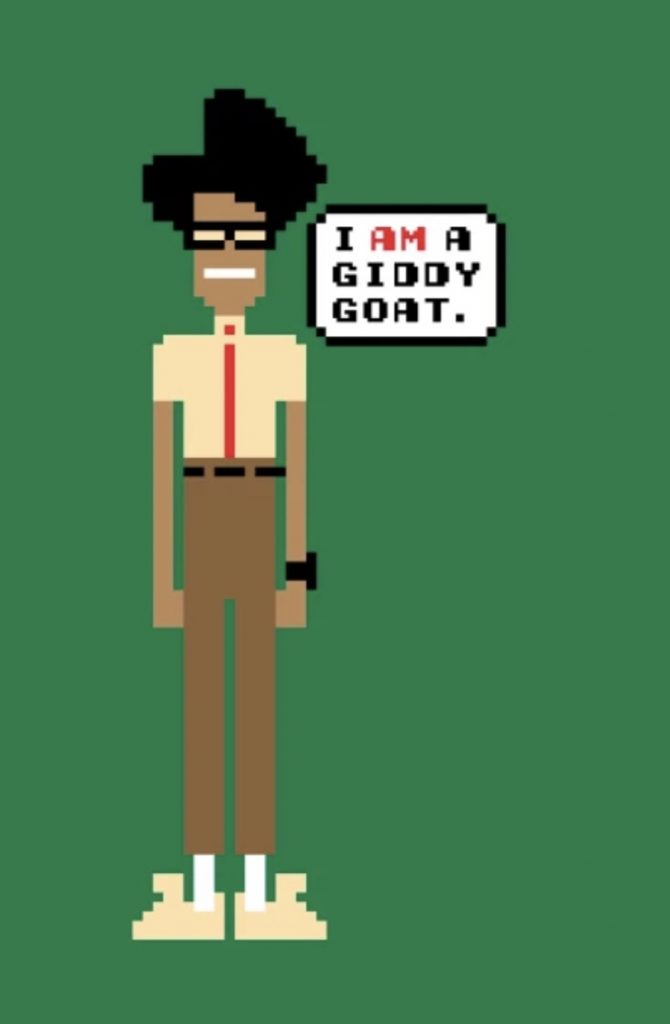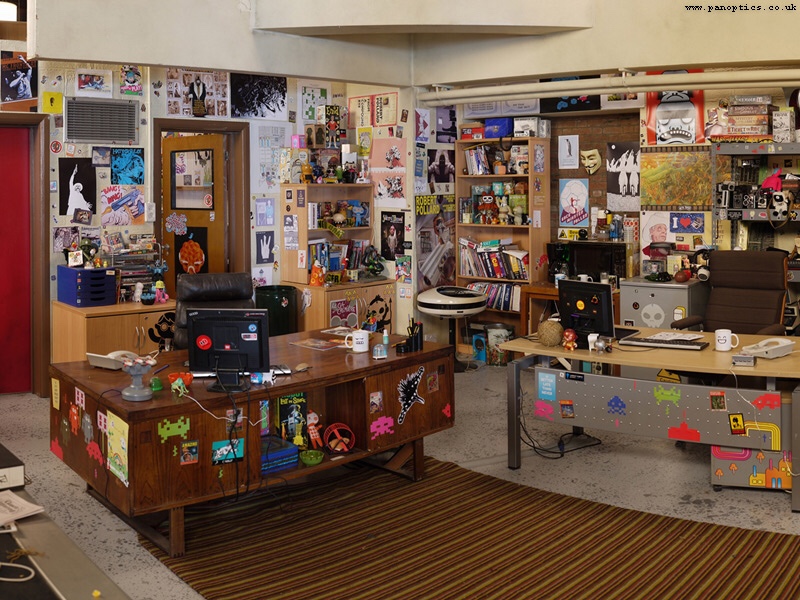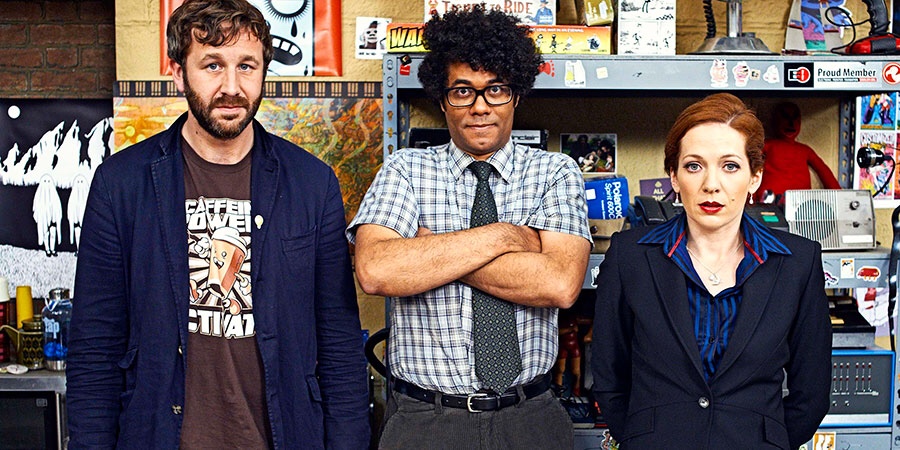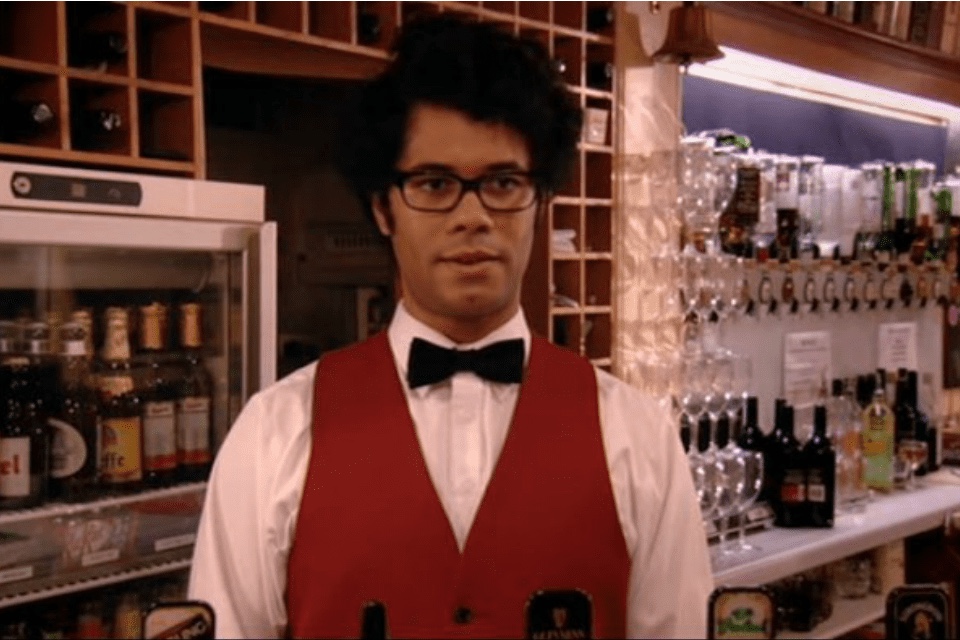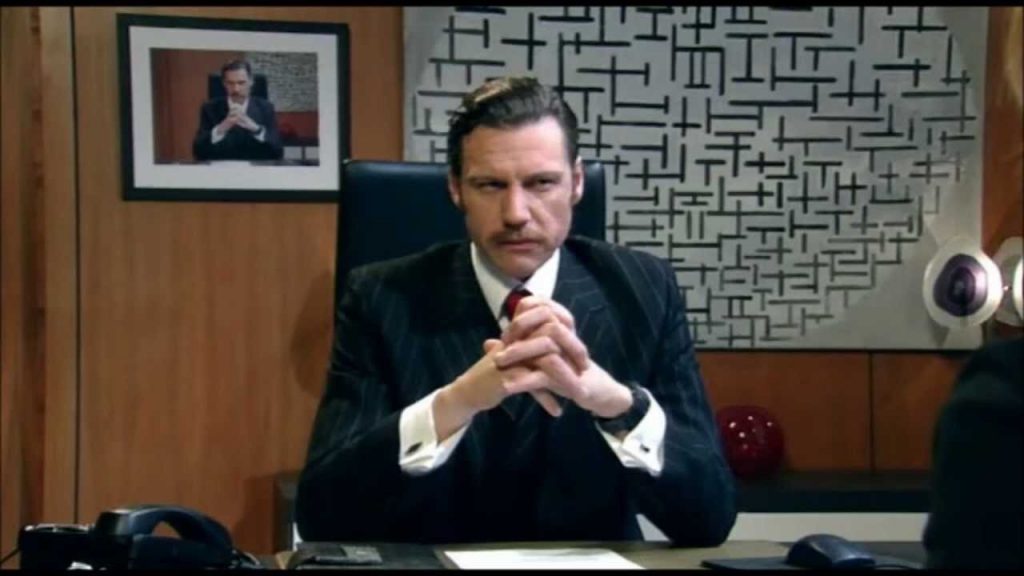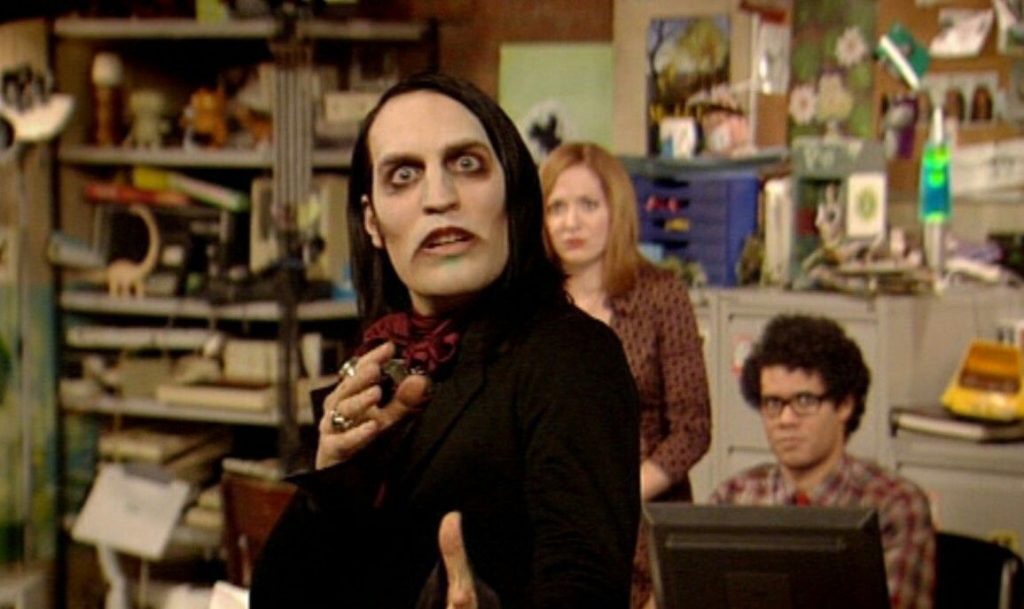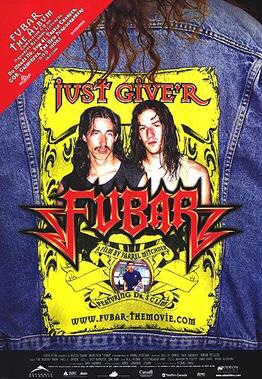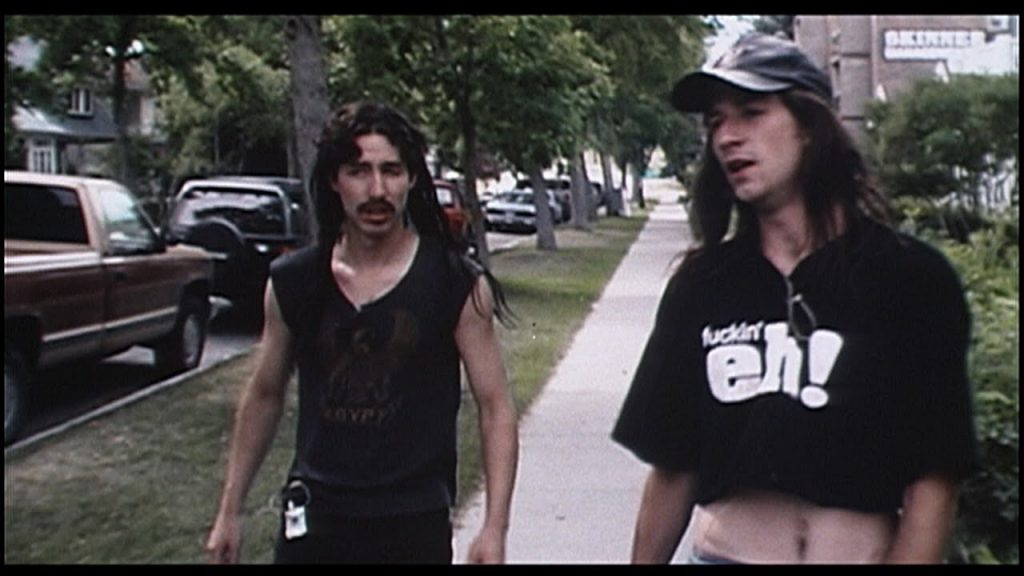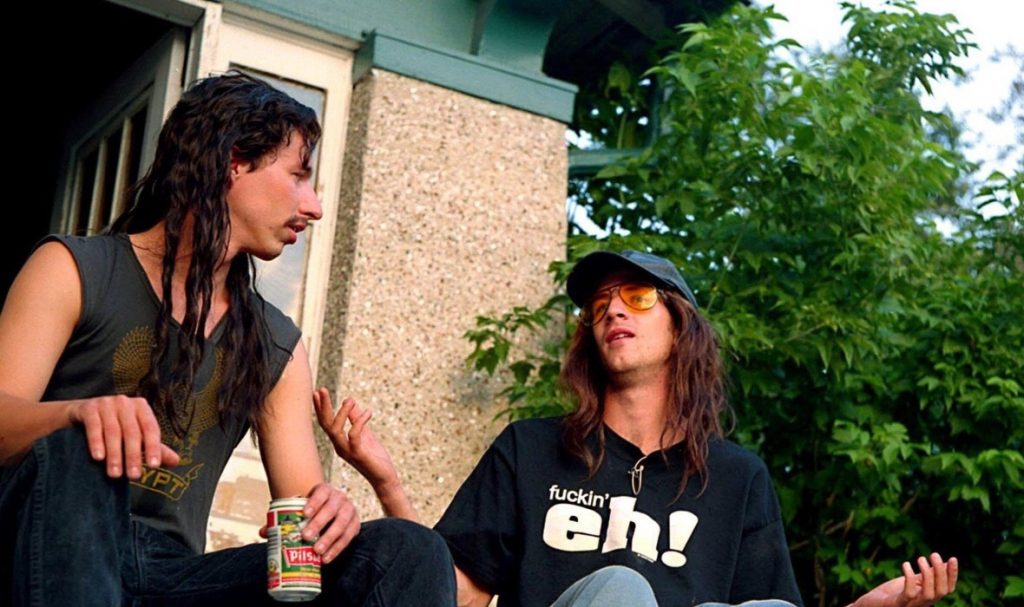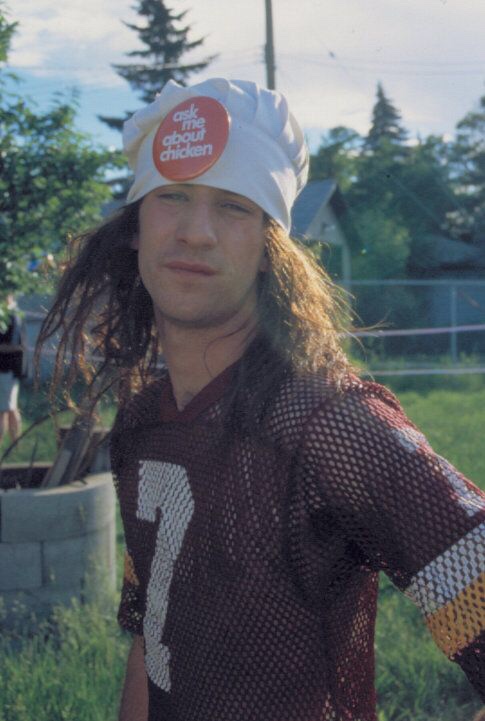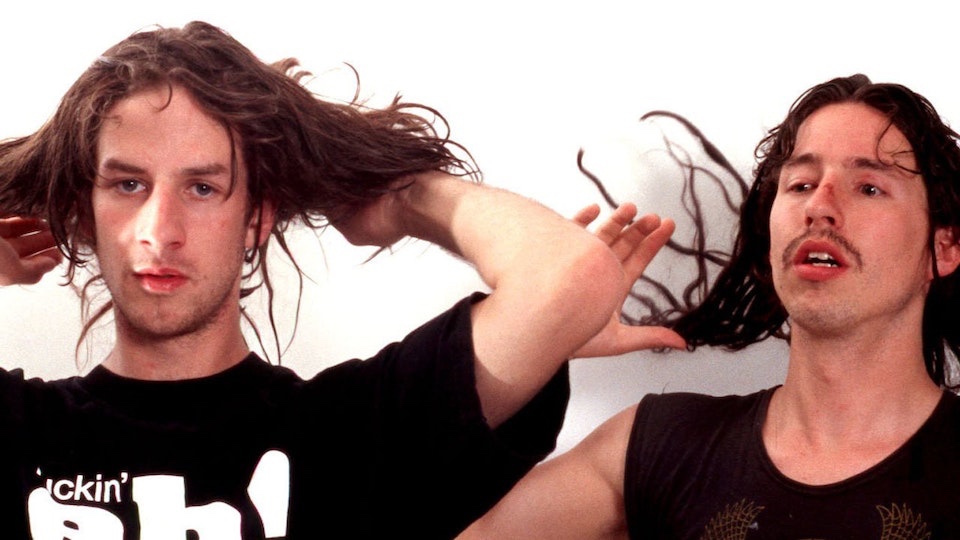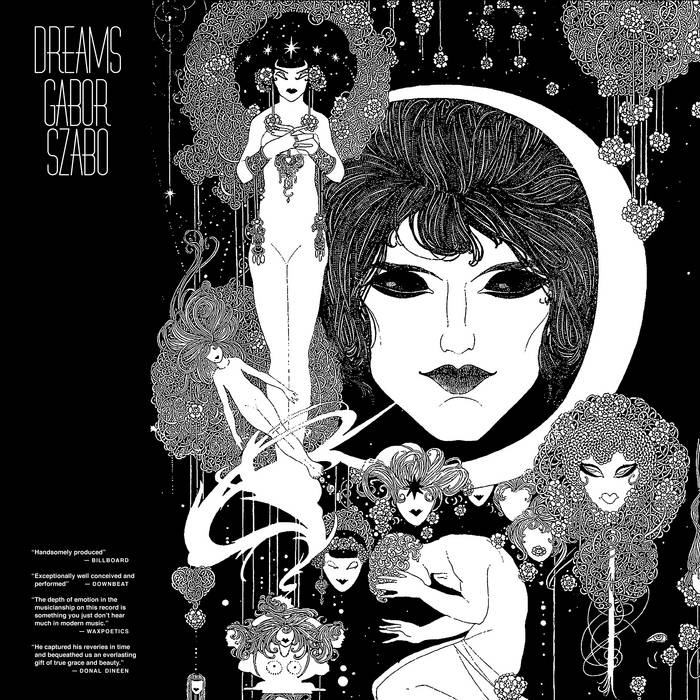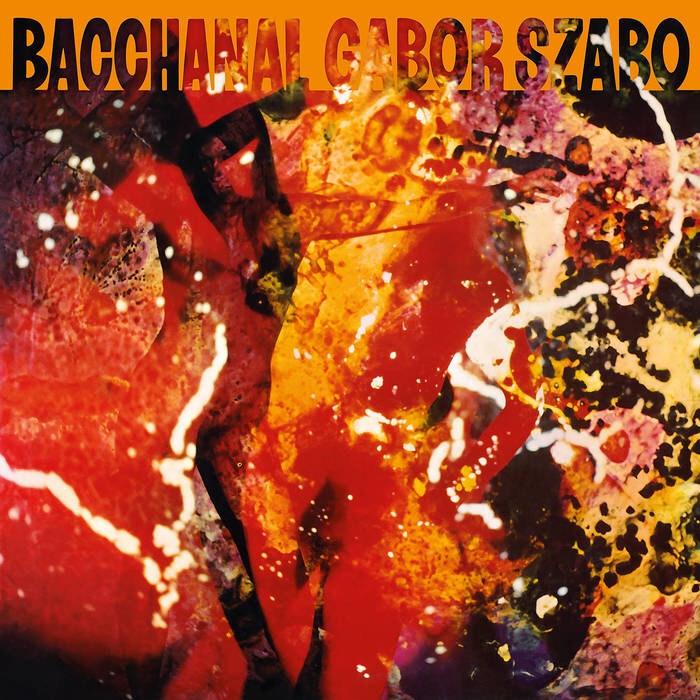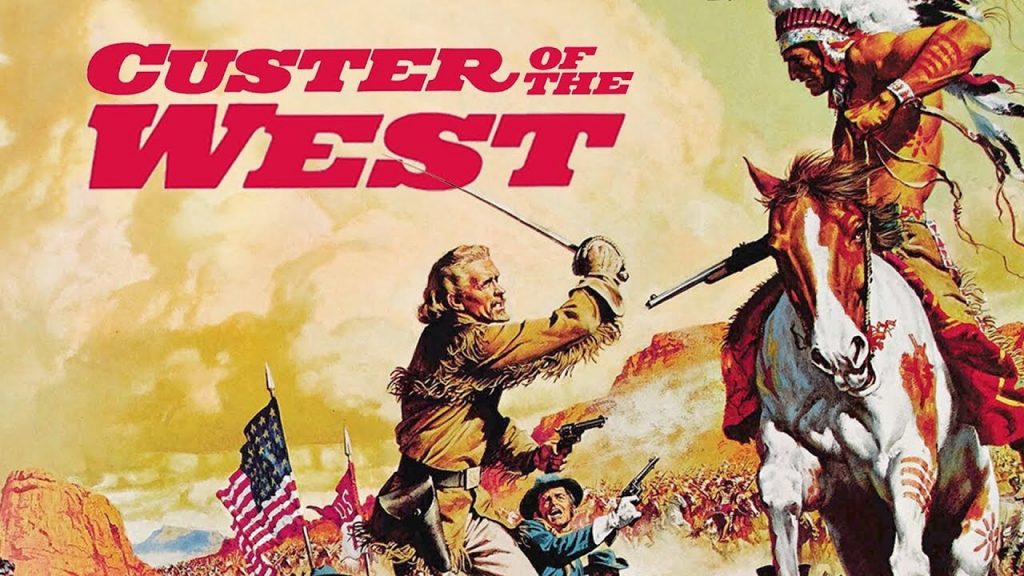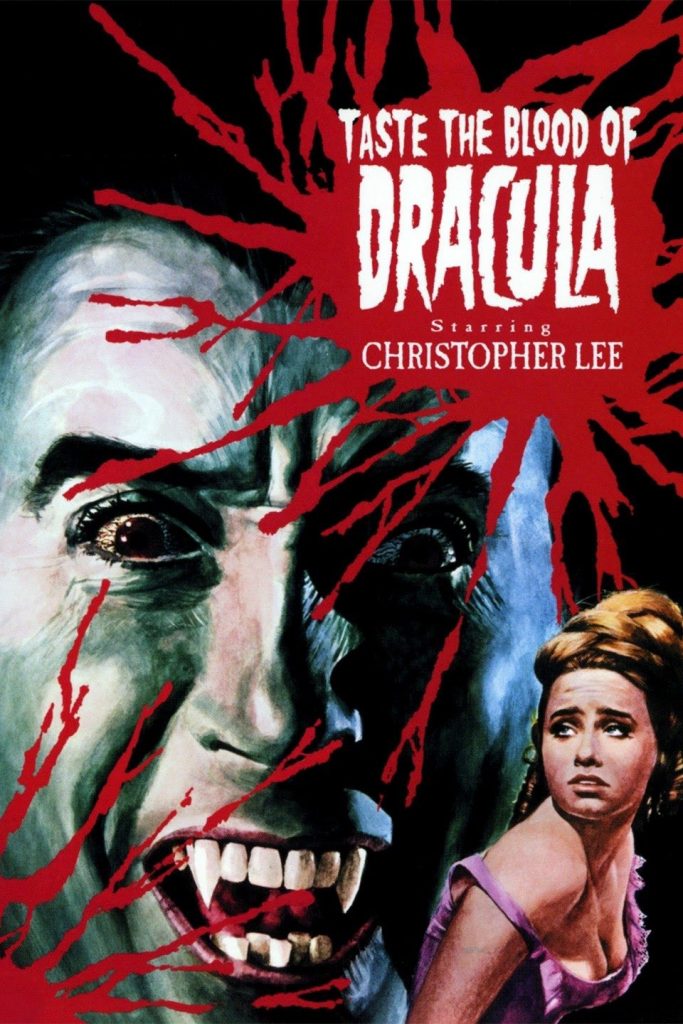

It is All Hallow’s Eve. Teresa decreed that we have pumpkin soup, followed by pasta and a Hammer movie, and rounded off wi’ pumpkin pie. Fab! So it is we settled down to a rich repast, and Taste The Blood Of Dracula!
Three and a half stars is actually quite a high Hammy House of Horrors score, from me. Whilst there’s definitely something I love about the whole über-kitsch vibe of their films, they are at the same time pretty trashy and low budget. But I guess these ‘faults’ are also part of their charms?
The settings are sometimes quite good, and this is such a one, with some decently spooky, or even just plain atmospheric, locations. The combo’ of ye aulde togs (clashing with the late ‘60s barnets!), period paraphernalia – from gas lamps to pony and trap – and a decidedly autumnal vibe (wood’s carpeted with golden brown leaves), all conspire to give the film aesthetic heft.
The acting is very mixed, ranging from the high camp overblown melodrama of Ralph Bates, in the role of Lord Courtley (and not forgetting some lesser but similarly sliced ham from Roy Kinnear, at the films’ outset), to surprisingly decent turns from Anthony Higgins (billed as Anthony Corlan) and Linda Hayden, as the vamp’-crossed lovers, Paul Paxton and Alice Hargood. Christopher Lee has, perhaps surprisingly, a fairly minor part as the titular Dracula; his antics had Teresa chortling merrily several times!
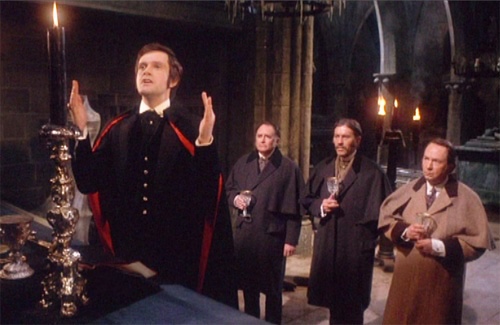
The daft plot finds a trio of hypocritical Victorian gents in search of illicit thrills. Their chief is the appallingly odious William Hargood (Geoffrey Keen), abetted by the moustachioed Jonathon Secker (John Carson), and the hapless hanger on Samuel Paxton (Peter ‘Cleggy/Wallace’ Sallis).
A chance encounter in an East End brothel leads them to take up with the arrogant rake, Lord Courtley. A Hellfire Club type chap, who persuades them to sell their souls to the Devil, but then loses them at the very moment that gives the film its catchy title. It’s quite deliciously rifikvukits… erm… ridiculous!
Inevitably there must be hot babe interest. And this is supplied by the ‘kids’ of these hypocritical Victorian Pater Famili-asses, who are involved with each others families’ siblings. Linda Hayden n particular really is enchantingly gorgeous, in a softly and plumply innocent way!
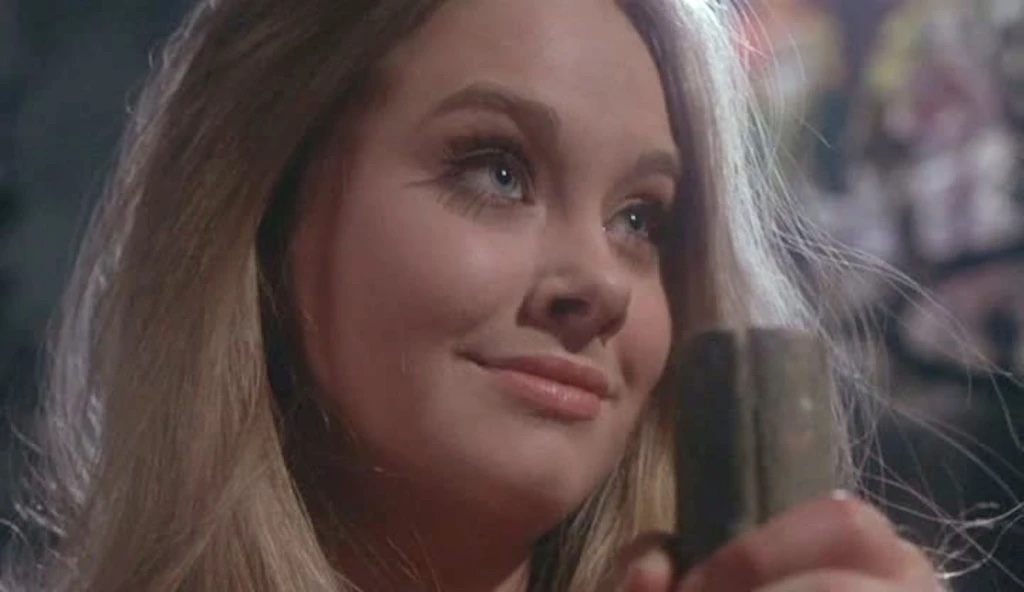
Like most Hammer movies, the plot really isn’t worthy of the energy required to synopsise it. It is a quintessential ’McGuffin’, a term Hitchcock created to describe an irrelevant plot-driving conceit. All that’s required are the ingredients for a devilish bouillabaisse: antique settings, some darkly supernatural baloney, earnest heroes, evil villains, and buxom wenches, and some ketchup or jam, in vivid but not very blood-like red.
It proved to be perfect viewing for the evening. Mildly diverting, with just the right atmos’, and even providing the occasional chuckle.
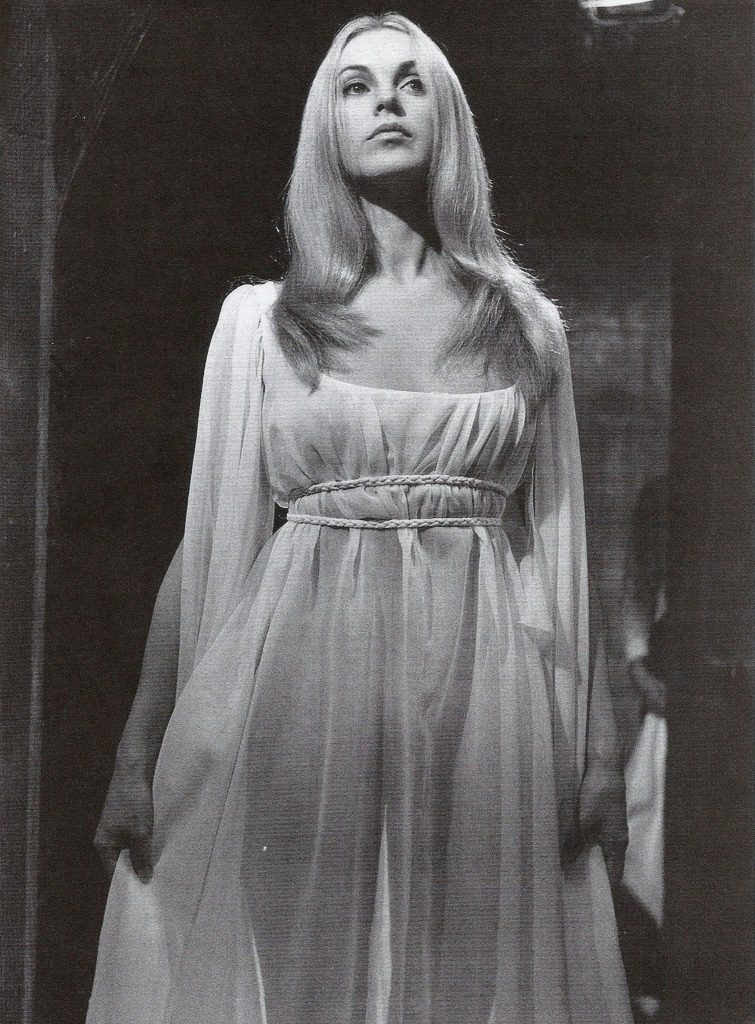
All the cleavage and heaving bosoms got my thinking about the Hammer Glamour book, and similar titles dedicated to the groovily painted posters. Some ideas for stuff to decorate the home with, perchance!?

